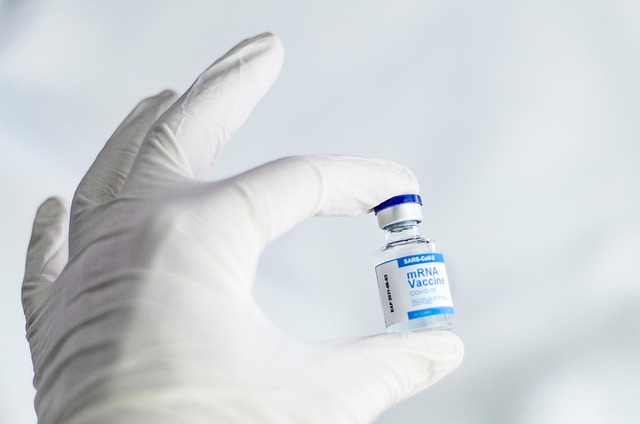A Guide to Understanding Congenital Adrenal Hyperplasia in Females
Congenital Adrenal Hyperplasia (CAH) is a group of inherited genetic disorders affecting the adrenal glands, which particularly impacts females from birth throughout their lives. This condition affects the body's ability to produce essential hormones, including cortisol and aldosterone, while often leading to excess androgen production. Understanding CAH is crucial for affected females and their families to manage the condition effectively and maintain optimal health.

What Is Congenital Adrenal Hyperplasia (CAH)?
CAH occurs when genetic mutations affect enzyme production necessary for creating adrenal hormones. In females, the most common form is 21-hydroxylase deficiency, which accounts for about 90% of all cases. This deficiency disrupts the normal production of cortisol and aldosterone while causing an overproduction of androgens (male hormones). The condition can range from mild to severe, with varying impacts on health and development.
Common Signs and Symptoms in Females
Female patients with CAH may experience various symptoms depending on the severity of their condition. Early signs can include ambiguous genitalia at birth, early puberty, irregular menstrual cycles, and excessive body hair growth. Additional symptoms might include:
-
Rapid growth during childhood but potentially shorter adult height
-
Acne and deep voice development
-
Salt-wasting crisis in severe cases (particularly in newborns)
-
Fertility challenges in adulthood
How CAH Is Diagnosed in Girls and Women
Diagnosis of CAH typically begins with newborn screening in many countries, as early detection is crucial for proper treatment. The diagnostic process includes:
-
Blood tests to measure hormone levels
-
Genetic testing to identify specific mutations
-
Physical examination and medical history review
-
Regular monitoring throughout development stages
Living With CAH: What Females Should Know
Managing CAH requires a comprehensive approach to treatment and lifestyle modifications. Key aspects include:
-
Daily hormone replacement therapy
-
Regular medical monitoring
-
Stress dose management during illness or surgery
-
Reproductive health planning
-
Psychological support when needed
Understanding Costs Related to Long-Term CAH Care
The financial aspects of managing CAH can be significant and ongoing throughout a patient’s life. Below is a breakdown of typical annual costs associated with CAH care:
| Care Component | Estimated Annual Cost | Coverage Options |
|---|---|---|
| Hormone Replacement Therapy | $1,200 - $3,600 | Insurance, Patient Assistance Programs |
| Regular Medical Monitoring | $2,000 - $4,000 | Insurance, HSA/FSA |
| Genetic Testing (one-time) | $1,000 - $3,000 | Insurance, Medical Grants |
| Psychological Support | $1,200 - $2,400 | Insurance, Sliding Scale Programs |
| Emergency Medicine Supply | $300 - $600 | Insurance, Prescription Programs |
Prices, rates, or cost estimates mentioned in this article are based on the latest available information but may change over time. Independent research is advised before making financial decisions.
Living with CAH requires ongoing medical attention and careful management, but with proper care and support, females with this condition can lead healthy, fulfilling lives. The key is early diagnosis, consistent treatment adherence, and regular medical monitoring to prevent complications and ensure optimal health outcomes.
This article is for informational purposes only and should not be considered medical advice. Please consult a qualified healthcare professional for personalized guidance and treatment.




